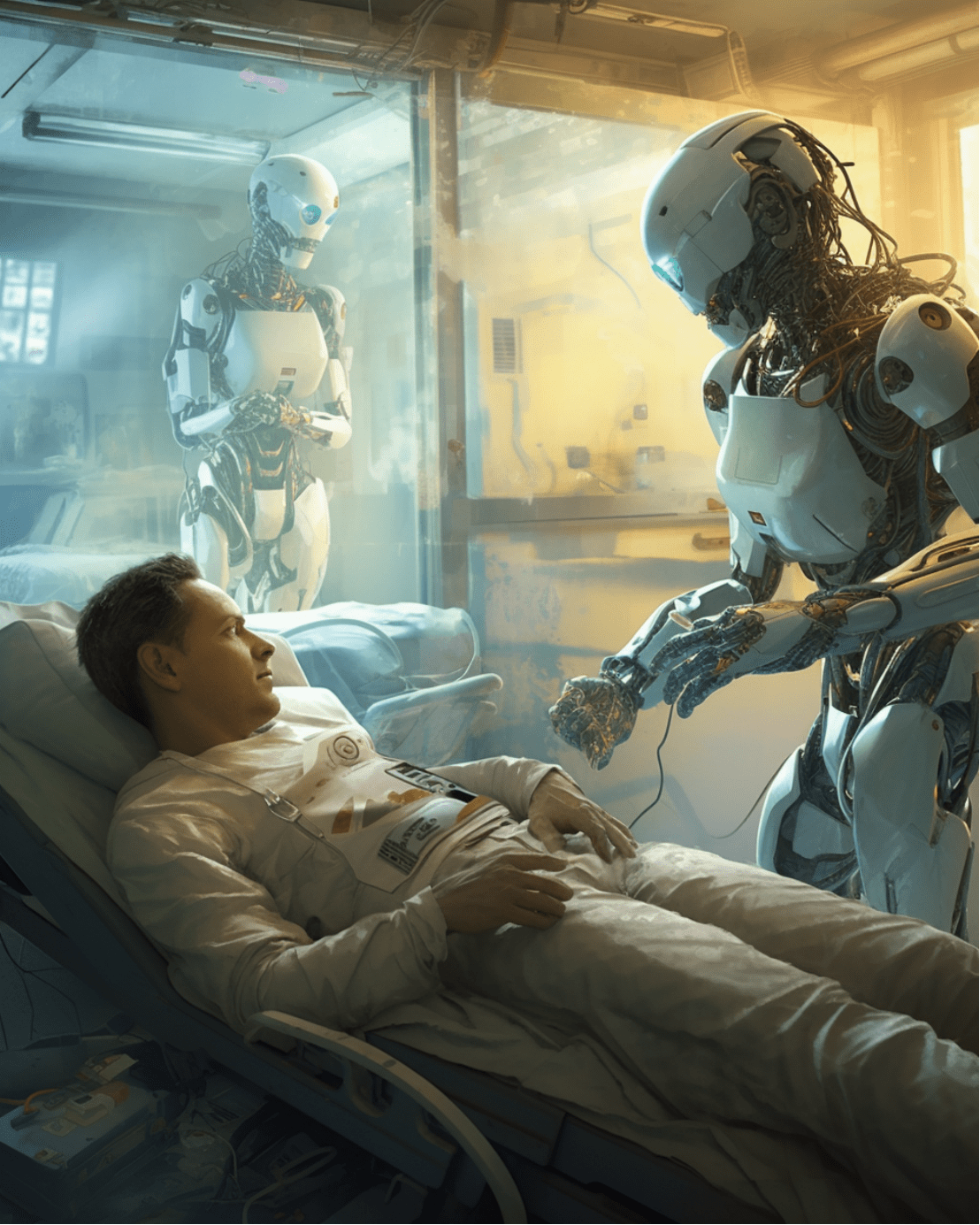
Yingqu Technology: The future development direction of artificial neural rehabilitation robots

The medical field has ushered in tremendous changes, thanks to the rapid development of artificial intelligence and robotics. In this wave, artificial neural rehabilitation robots have become an area of great concern. Yingqu Technology has been committed to promoting the development of artificial neural rehabilitation robots. Recently, it has cooperated with Tianjin University School of Medicine and Haihe Laboratory to carry out preliminary research and development of many innovative projects such as artificial neural rehabilitation robots, brain-computer fatigue driving monitoring, and digital electroencephalography machines. Project communication.
Significance and Challenge
The devices where artificial intelligence and robotics are used to assist in rehabilitation treatment are called artificial neural rehabilitation robots. It can help patients with neurological diseases or injuries perform sports rehabilitation training and restore limb functions and self-care abilities. While achieving this goal is feasible, it faces many challenges, including accuracy, security, and personalization needs.
Breakthrough and Innovation
Technology R&D and Innovation
To develop high-precision artificial neural rehabilitation robots, we must first use advanced sensor technology and data analysis algorithms to achieve real-time monitoring of patients’ motion status and personalized customization of rehabilitation programs.
Intelligent interaction and user experience
Data-driven and remote monitoring
Use big data and cloud computing technology to achieve centralized management and analysis of rehabilitation data. The establishment of a large-scale rehabilitation database can provide scientific decision-making basis for medical staff and further optimize rehabilitation programs. In addition, a remote rehabilitation platform must be combined so that patients can perform rehabilitation training at home and communicate and monitor in real time with doctors through the cloud system.
Future trends
Intelligence and Personalization
In the future, artificial neural rehabilitation robots will be more intelligent and personalized. With the help of deep learning and machine learning technologies, robots can provide customized rehabilitation plans and guidance based on patients' different needs and conditions to maximize rehabilitation effects.
Multimodal fusion and collaborative treatment
By integrating a variety of sensor technologies and rehabilitation equipment, artificial intelligence rehabilitation robots can perform multi-modal rehabilitation training. Different rehabilitation equipment can be matched with each other to achieve collaborative treatment, thereby improving the patient's rehabilitation efficiency and experience.
Human-machine collaboration and remote rehabilitation
With the advancement of network technology, artificial intelligence rehabilitation robots will be able to work more collaboratively with humans. The robot can adjust in real time based on the patient's feedback and needs to provide personalized rehabilitation treatment. At the same time, remote rehabilitation will become an important development direction in the future. The cloud system allows patients to communicate and monitor with rehabilitation robots and doctors, thereby achieving more convenient and efficient rehabilitation treatment.
Yingqu Technology is actively exploring the future development direction of the field of artificial neural rehabilitation robots because they believe that this field has great development potential. With the continuous innovation and advancement of technology, artificial nerve rehabilitation robots will play an increasingly important role in helping more patients restore limb functions and self-care abilities.
The above is the detailed content of Yingqu Technology: The future development direction of artificial neural rehabilitation robots. For more information, please follow other related articles on the PHP Chinese website!
 Application of artificial intelligence in life
Application of artificial intelligence in life
 What is the basic concept of artificial intelligence
What is the basic concept of artificial intelligence
 How to use cloud storage
How to use cloud storage
 How to buy Bitcoin
How to buy Bitcoin
 cmd command to clean up C drive junk
cmd command to clean up C drive junk
 http 400 Bad Request
http 400 Bad Request
 Printf usage encyclopedia
Printf usage encyclopedia
 What are the advantages of the Spring Boot framework?
What are the advantages of the Spring Boot framework?
 Introduction to linux system classification
Introduction to linux system classification




